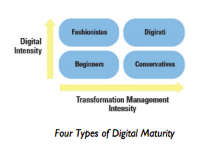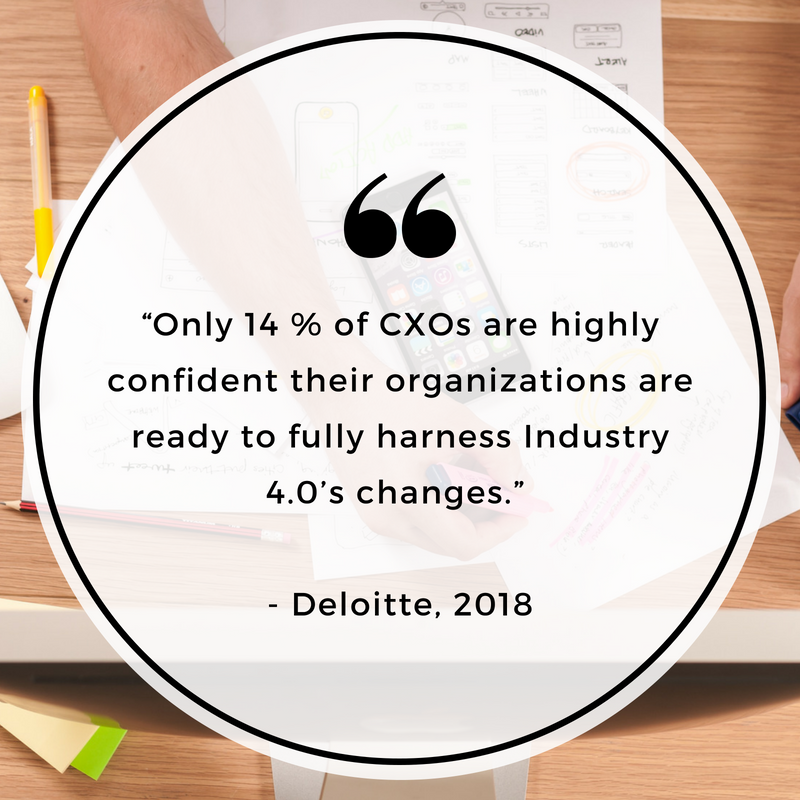
The market for low-code application development has skyrocketed in the last 18 months. Why? The business drivers are clear and include the increased pressure on IT teams to deliver faster solutions, the shortage of developer talent across the globe, and the increased need for business agility. At the same time, the benefits and success stories of low-code development are also making news: doubling developer productivity, driving down total cost of ownership, and even reducing technical debt for old legacy systems.
Throughout 2016, and so far in 2017, interest in low-code platforms as the next evolution in modern app development has been exploding around the world. Yet despite its proliferation, many IT professionals simply aren’t yet aware of this revolutionary technology. They don’t yet know that it’s a highly effective way to help IT teams that are otherwise underwater deliver new web features, mobile apps and even conversational bots to the business.
If low-code platforms are proliferating, then why hasn’t everyone heard of them? One reason may simply be a matter of terminology. There are lots of different ways to refer to this technology, including:
- Rapid application development (RAD) is the traditional term for the technology. While it stems from the 3GL software languages, more recently it has morphed into the world of cloud and continuous delivery when coupled with DevOps.
- Rapid mobile application development (RMAD) is a term that Gartner coined to describe some low-code vendors focused on mobile UI and light integrations.
- High-productivity aPaaS (application platform as a service) is another term from Gartner that denotes that market demand in the PaaS (platform as a service) space is now geared toward rapid app delivery rather than IaaS (infrastructure as a service).
- No-code platforms are typically geared for specific development scenarios. App UI development is accelerated with pre-built components and some configuration, but capabilities can be quite limited and a “no-code” experience is not always guaranteed.
- Low-code platform is our preferred term. It was originally coined in the 2016 Forrester Low-Code Platforms Wave and today it’s the dominant term used in the industry.
So now that we’ve cleared that up, what exactly is the promise of a low-code platform and why so much hype?
What Is a Low-Code Platform?
Essentially, low-code app development platforms help developers by automating all of the stages of the classic software development lifecycle. In doing so, they maximize velocity when it comes to things like delivering new functionality for web, mobile apps, and even micro services or APIs. Low-code platforms are able to deliver this because they have several core features:
- Full-stack visual development
- A wide variety of application types (e.g., transactional, workflow, mobile, headless)
- The ability to integrate all data formats, protocols, and channels
- One-click automated deployment with continuous integration and delivery
While some of these features have been around for a while, until low-code platforms there has never been a holistic app development platform that brought them all together, allowing app developers to turn ideas into high-quality apps faster and easier than ever before.
In case you’re wondering, low-code is a great way to develop all kinds of apps. There are many progressive organizations using a low-code platform to turbocharge their IT team as they tackle a variety of digital transformation challenges. Here are just a few examples:
- Americares built a mobile app in three weeks to deliver aid in hurricane disaster areas.
- US Acute Care Solutions hospital and emergency services IT team rapidly develops applications including governance, compliance, and controls to pass health care-specific audits.
- Healthcare system Jose de Mello-Saude deployed 20 patient portals in nine months along with real-time scheduling.
- The Worcestershire County Council redesigned local service delivery, transforming the customer experience, making services more cost-effective and accomplishing more with fewer resources (ROI = 442 percent).
As you can see, with a low-code platform it’s possible to develop serious core systems either as a standalone system or on top of existing ERP / CRM systems. That helps explain why there is a revolution taking place across the entire app development tooling market, and why there are such high expectations for this technology. Last year, Forrester predicted that the market would reach a total size of $6 billion by 2018. Currently, there is an arms race among business process management (BPM) vendors, API vendors, and others to rush into this market. Now, it’s quite possible that by 2020 the market could scale up to $25 billion, taking into account the various subcategories.
For those least familiar with this space, we recommend checking out these resources:
- The Forrester Wave™: Low-Code Development Platforms, Q2 16
- Gartner Magic Quadrant for High-Productivity Application Platform as a Service 2017
- Gartner Magic Quadrant for Mobile Application Development Platforms 2017
When evaluating what separates the leaders from the pack in these analyst research reports, you’ll discover that it essentially boils down to:
- The maturity of the platforms and vendors in supporting full-stack visual development (i.e., they’re not just UI WYSIWYG).
- Creating run-times optimized for performance.
- Supporting a community of pre-built components that can easily be included in the dev process.
- Having holistic automation between development and DevOps stages, including deployment automation that provides speed with quality.
- Out-of-the-box features that address non-functional requirements for enterprises, such as security, scalability, reliability, traceability, governability, etc.
- The vendors that score the highest across these factors tend to be the ones more highly rated by customers in their digital transformation journeys.
Having been rated a leader in the last four Magic Quadrants and Waves related to low-code, OutSystems is recognized as the leading vendor. We’ve been pursuing our vision for 10 years with profitable growth and are focused on creating value for our customers.
Why not start by experimenting with the free edition of OutSystems platform? It’s free forever!
Lopes, M. (2017, June 22). Low-Code Platforms and the Convergence of Mobile App Development. Retrieved from http://www.outsystems.com





